Dry vacuum pumps have an oil- and liquid-free sealing system and are non-contact. They achieve a clean vacuum without any oil or water back-flow or diffusion. These pumps are simple because they don’t need routine maintenance like replacing or replenishing water or oil. Read More…
Busch Vacuum Solutions is a leading manufacturer of vacuum pumps, blowers, compressors, and customized systems using vacuum technology. With over 60 years of experience, Busch offers the largest selection of industrial vacuum and pressure technology available today to meet their customer’s operating and cost saving goals. Contact us today!
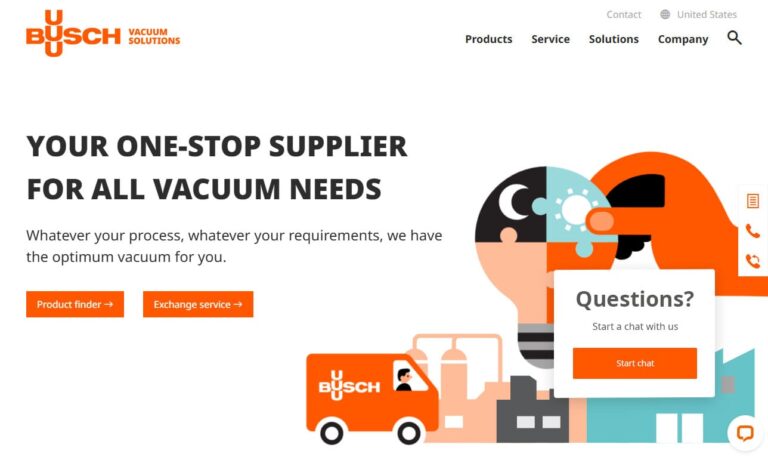
Founded in 1885, Becker is still family owned and a leader in innovation. From their innovative products & designs to their team of loyal, experienced & talented employees, you will find the solutions you are looking for at Becker. Becker’s vacuum pumps are of the highest quality and you are guaranteed to go home satisfied and continue to be satisfied in the many years to come.
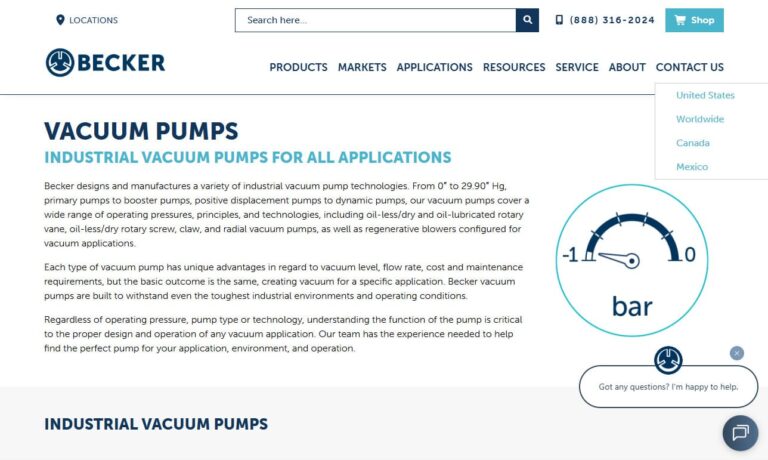
Gast Manufacturing specializes in rotary vane, oilless, miniature, high-volume and dry vacuum pump products. We provide efficient, reliable vacuum pumps for a variety of applications. Our commitment to quality products, great service and environmentally friendly practices is unparralled.

At KNF Neuberger Inc., we specialize in providing high-performance vacuum pumps tailored to meet the demanding needs of diverse industries. Our vacuum pumps are designed with precision and reliability, offering optimal solutions for applications ranging from laboratory and medical environments to industrial and processing fields.
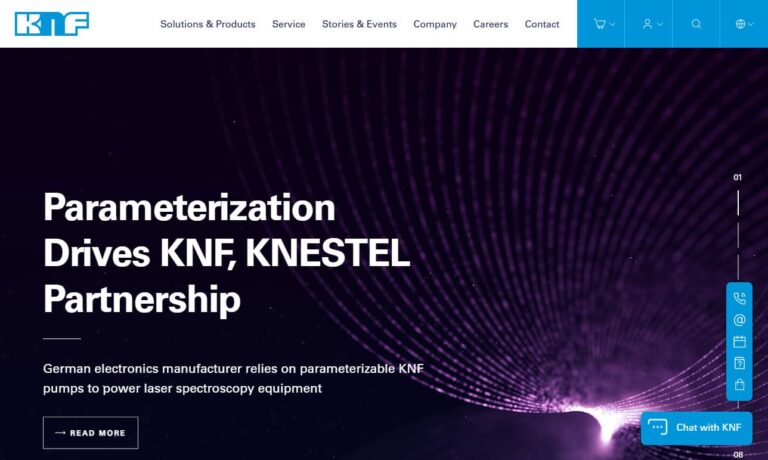
At Vacuubrand, we specialize in providing advanced vacuum technology solutions tailored for laboratory and industrial applications. We manufacture a comprehensive range of vacuum pumps, including oil-free diaphragm pumps, rotary vane pumps, and hybrid systems, all engineered for reliability, chemical resistance, and low maintenance.
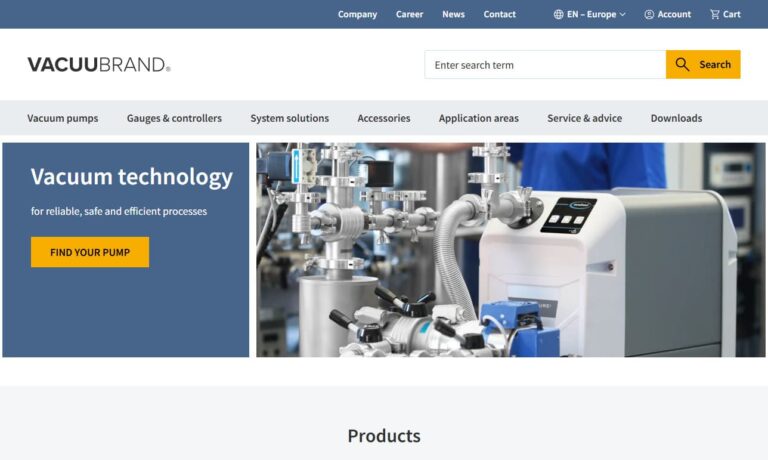
Airtech is a leading manufacturer/supplier of various types of quality dry piston vacuum pressure pumps, rotary vane pumps (lubricated, dry), liquid ring vacuum pumps. We possess vast knowledge as a vacuum specialist. Serving medical, dental, food packaging and other industries. US warehousing.
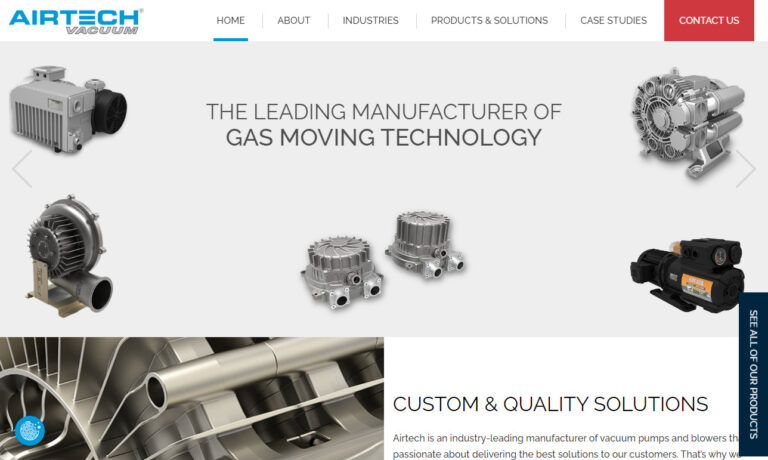
At Welch Vacuum, we specialize in the design and manufacturing of high-quality vacuum pumps tailored to meet the diverse needs of industries worldwide. With a long history of innovation, we deliver reliable and efficient solutions for applications ranging from laboratory research to industrial processes.
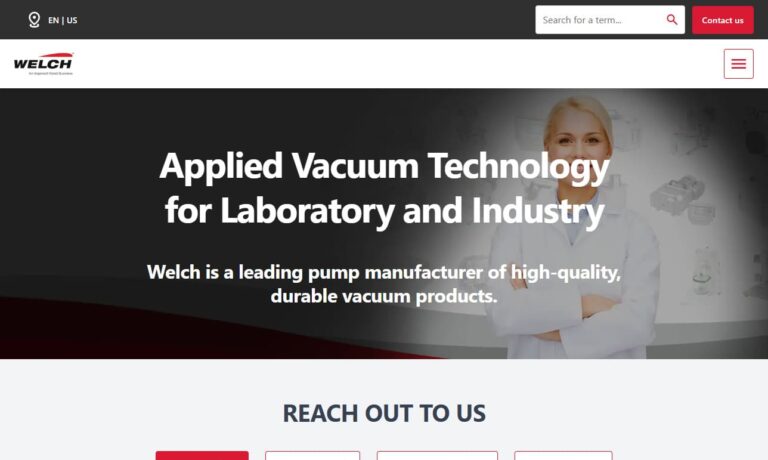
More Dry Vacuum Pump Manufacturers

How They Function
Two parallel, non-contacting, helical screw-shaped rotors rotate synchronously at high speeds using precise gears to form a dry screw vacuum pump. They revolve counterclockwise. Consequently, the amount of gas at the input is trapped. Afterward, it is moved into the exhaust duct and toward the exhaust port. The compression chambers or pockets that convey the gas are created by the stator's walls and the unique design of the intermeshing screws.
Two screw rotors rotate in opposition to one another inside dry screw vacuum pumps. Between the chambers of the cylinder and the screw, the pumped medium is imprisoned. It is compressed there before being delivered to the outlet. The cylinder or the screw rotors are not in contact with one another or each other during this operation. Water or air conditioning can be used to achieve cooling.
Vacuum Pump Types
Pumps for Chemical Duty Dry Vacuum
Solvents can condense and be recovered on the vacuum pump's discharge side. This design creates a good solvent recovery option. Depending on the design, all chemical duty dry pumps may achieve vacuum values of 5 to .05 Torr. Compared to other technologies, these benefits come at a very high cost. Screw, multi-lobe, and claw are the three main chemical-duty dry vacuum pump varieties.

Vacuum Dry Claw Pumps
All manufacturers claim their dry pumps can handle corrosive vapors. There is no natural internal flushing of the process out of dry vacuum pumps because they are "dry." By preventing them from condensing and retaining them as vapors, corrosives are "managed." More caution must be used when handling corrosives, using start-up and shut-down purge cycles, and protecting the pump from process disruptions.
It is claimed that the coatings on screw-type dry vacuum pumps provide corrosion resistance. For some manufacturers, this offers minimal protection, as the coating is more of a manufacturing wear coating than a "pin-hole free" coating. With a PFA or other Teflon-type coating, you can be more certain that the coating is not worn and will hold up better for the cooler working dry pumps (350°F and less).
Some dry pumps can operate HOT, some even exceeding 500°F. As a result, some solvents' potential auto-ignition risks pose a serious risk to public safety. Additionally, due to their high operating temperatures, close-running components may accumulate polymerization of process gases. This polymerization leads to maintenance issues or wears coating removal. Since most of these dry pumps use an air bleed to cool the revolving claws or screws, which end up being the hottest section of the pump, even cold operating dry pumps might experience polymerization.

Dry Screw Vacuum, Horizontal
Two screw rotors inside a cylinder make up dry screw vacuum pumps. As a result, the gas is transferred to the discharge after becoming stuck between the cylinder and screw chambers. Very small clearances are kept between the screws to create a vacuum. If the substance is sticky, however, the screw tips may rub against the bore surface and produce heat, which may finally result in a seizure. This technique is somewhat more sensitive to temperature changes; upon heating, the rotors expand more quickly than the shell, resulting in seizures. In addition, the entire pair of screws must be replaced even when just one of the screws is damaged.
The rotors (screws) have coatings made of PEEK and PFA on them. The coating may become damaged if there is any condensation inside the pump, if particles enter, or if a seizure is brought on by excessive heat. Since recoating screws is expensive, handling this equipment should be done with extreme caution. Since recoating cannot be done on-site, the vendor must receive the equipment, which can result in a month-long period of downtime. Low boilers with appropriately set process parameters can use this technology. However, maintenance for this kind of pump can be quite costly for large boilers and changing process parameters.
Vacuum Pump With Vertical Reverse Claw/Claw and Lobe
With claw vacuum pumps, two claw-shaped rotors inside the housing rotate in the opposing direction. The air or gas is compressed and released after being sucked in by the claw rotors—a deeper root stage aids in providing a better vacuum.
Compared to horizontal designs, which are more susceptible to condensation and corrosion, vertical designs provide naturally free draining and have lesser odds of condensation occurring inside pumps. In addition, the rotors' (lobe and claw) surfaces are uncoated. This design can better handle sticky material and resist temperature changes in the inlet gas without endangering the pump's internal components.
Why Choose Dry Vacuum Pumps?
Dry vacuum pumps are the solution for limiting the environmental footprint while assisting businesses in increasing productivity with better quality and through a faster vacuum pump. Solvent recovery, distillation, evaporation, crystallization, deodorization, and filtration are just a few of the many processes used by a dry vacuum pump. In addition, dry vacuum pumps are non-polluting; no smell or oil is released. In addition, dry vacuum pumps are silent and vibration-free. They are portable and lightweight, making them ideal for various laboratory tasks.
How to Select a Vacuum Pump
When selecting a vacuum pump, several considerations must be made. To begin with, one should consider the quality and desired vacuum level. A rough or low vacuum, a high vacuum, and an ultrahigh vacuum are the three different forms of vacuum. The number of molecules per cubic centimeter declines as pressure falls. Vacuum quality thus improves.
The Uses of Dry Vacuum Pumps
Dry vacuum pumps have many applications, including desiccators, furnaces, vacuum ovens, liquid and air filtration, and more.
Choosing the Proper Dry Vacuum Pump Manufacturer
To make sure you have the most productive outcome when purchasing a dry vacuum pump from a dry vacuum pump manufacturer, it is important to compare at least 5 manufacturers using our dry vacuum pump directory. Each dry vacuum pump manufacturer has a business profile page that highlights their areas of experience and capabilities and a contact form to directly communicate with the manufacturer for more information or request a quote. Review each dry vacuum pump company website using our proprietary website previewer to get an idea of what each company specializes in, and then use our simple RFQ form to contact multiple dry vacuum pump companies with the same quote.

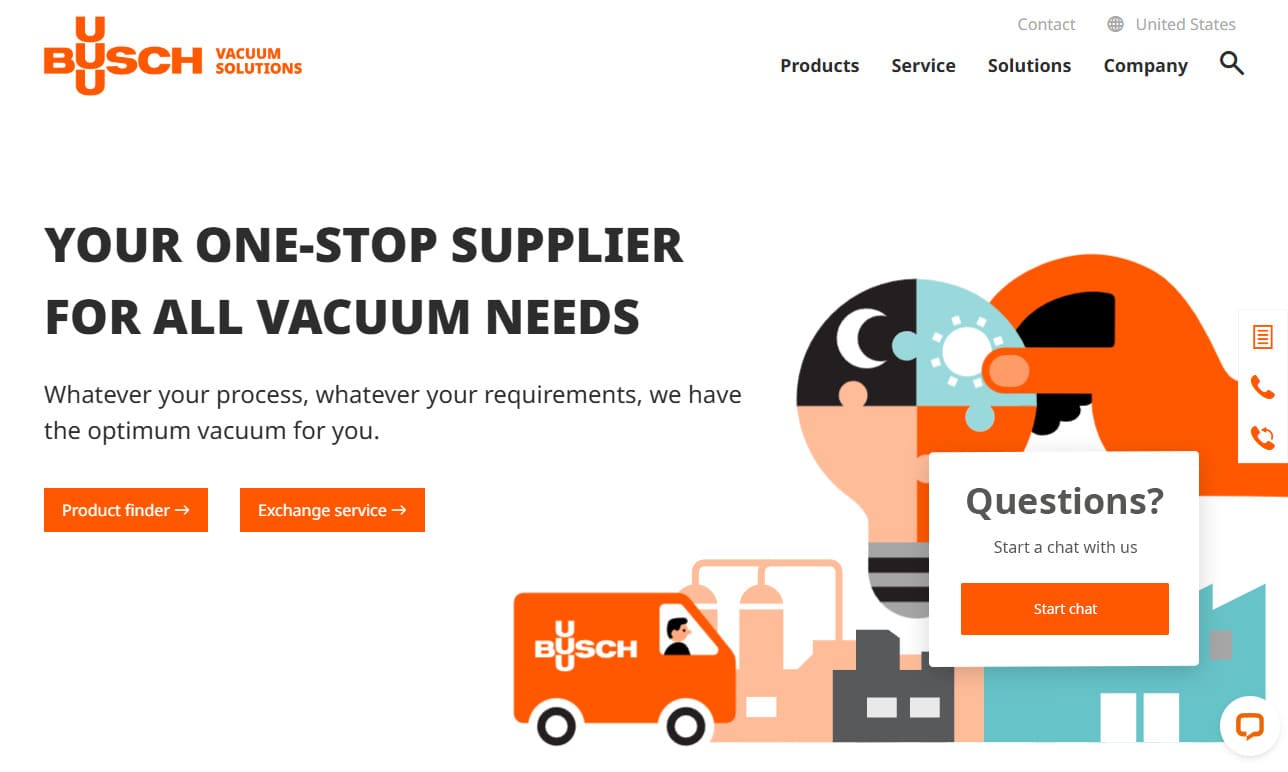
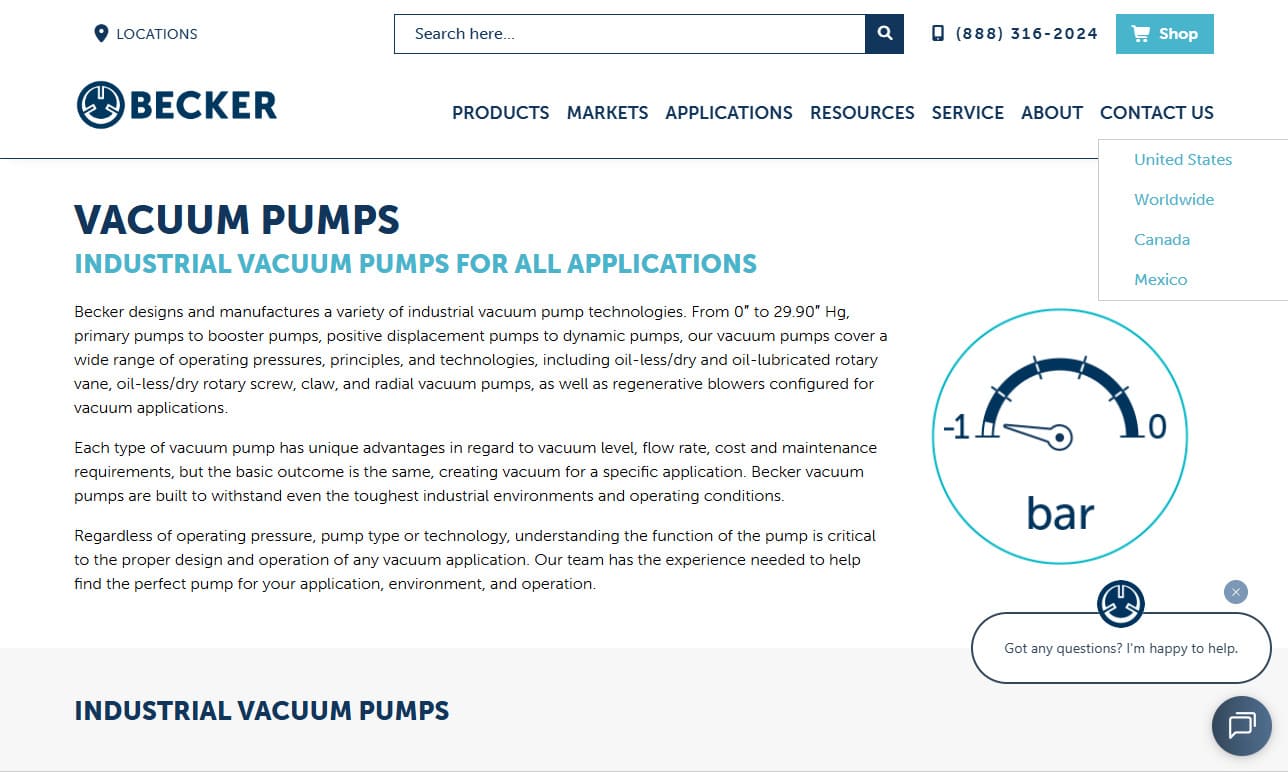

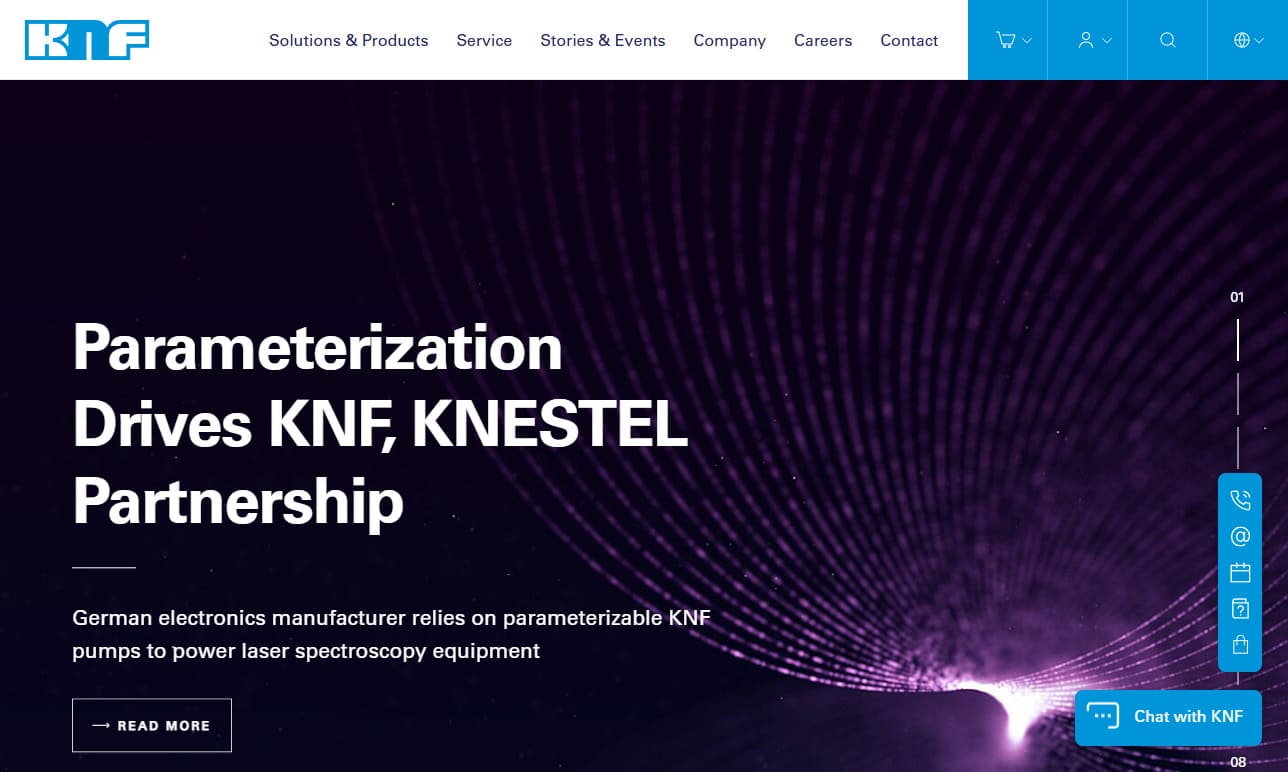
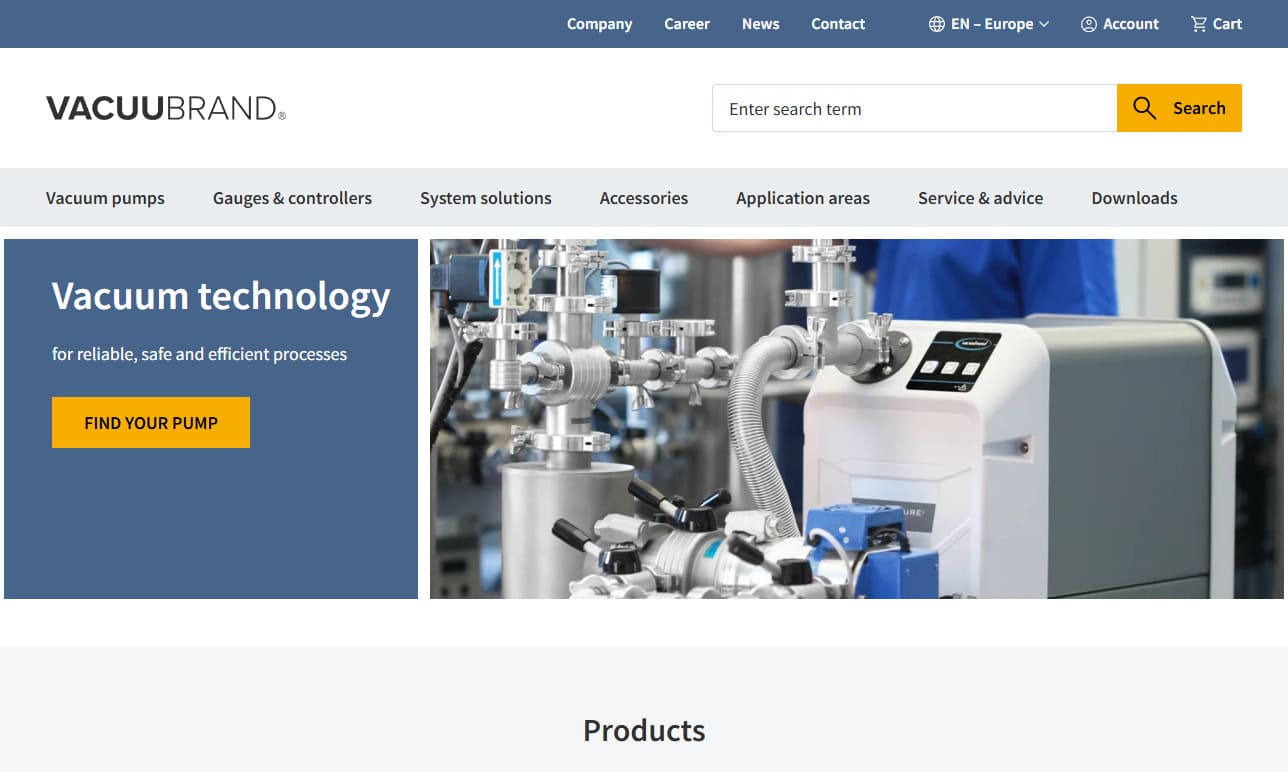

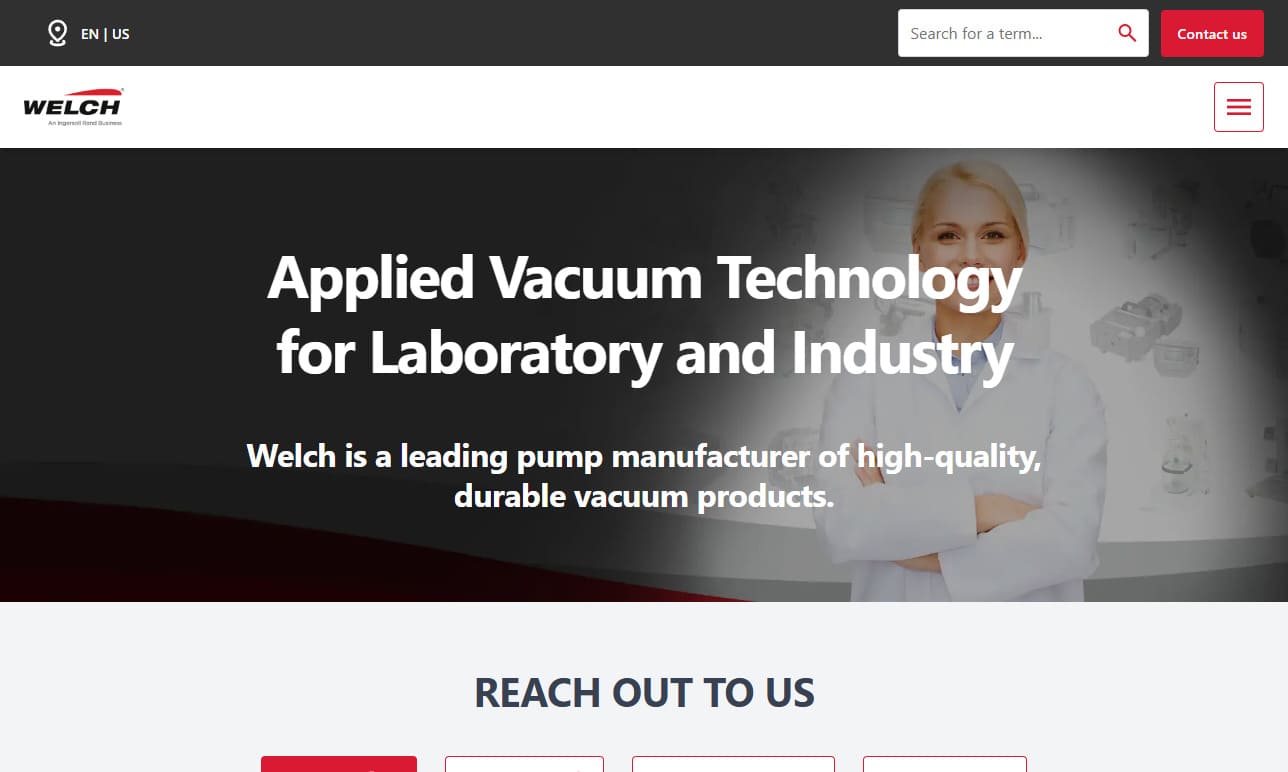
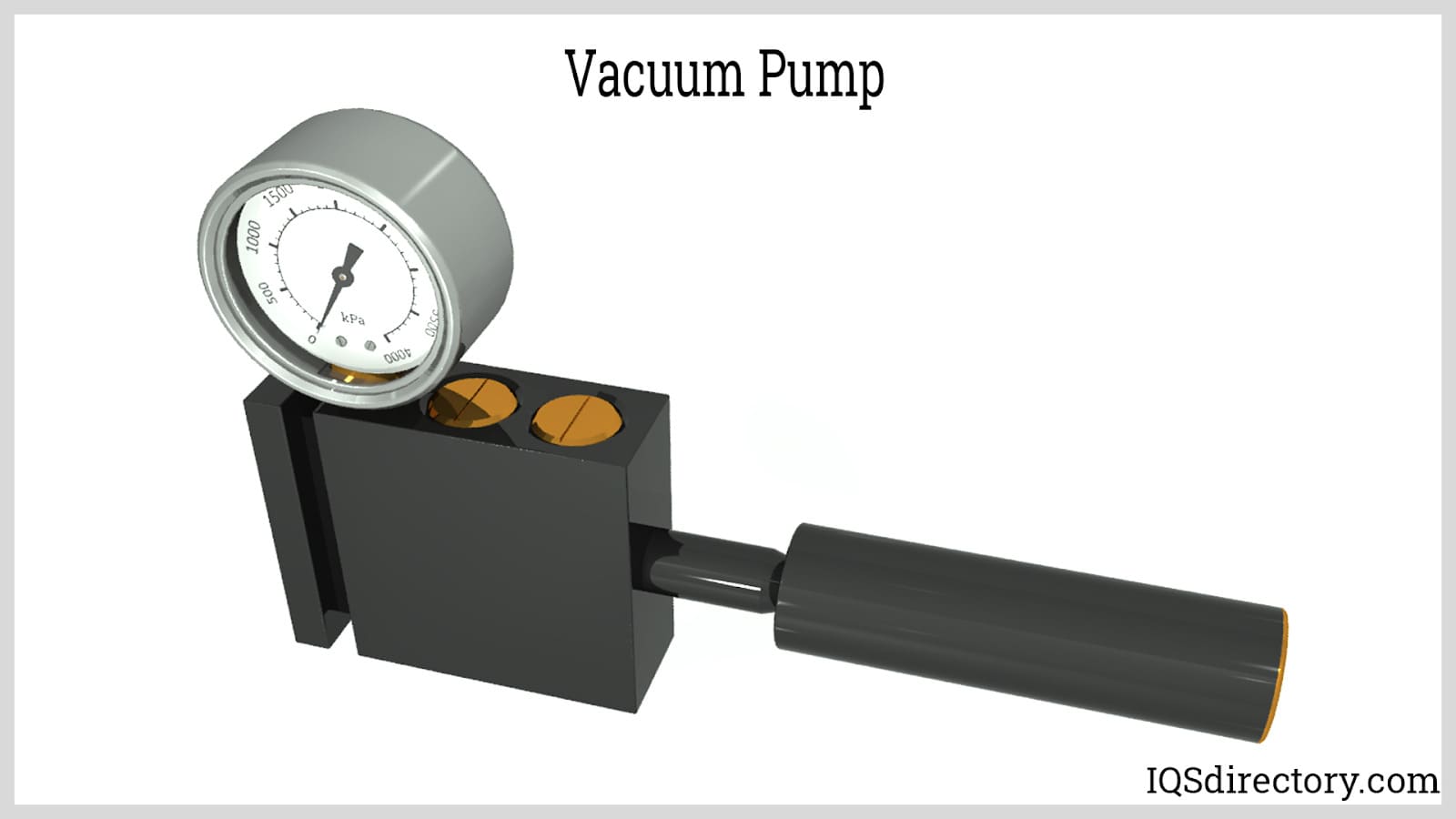
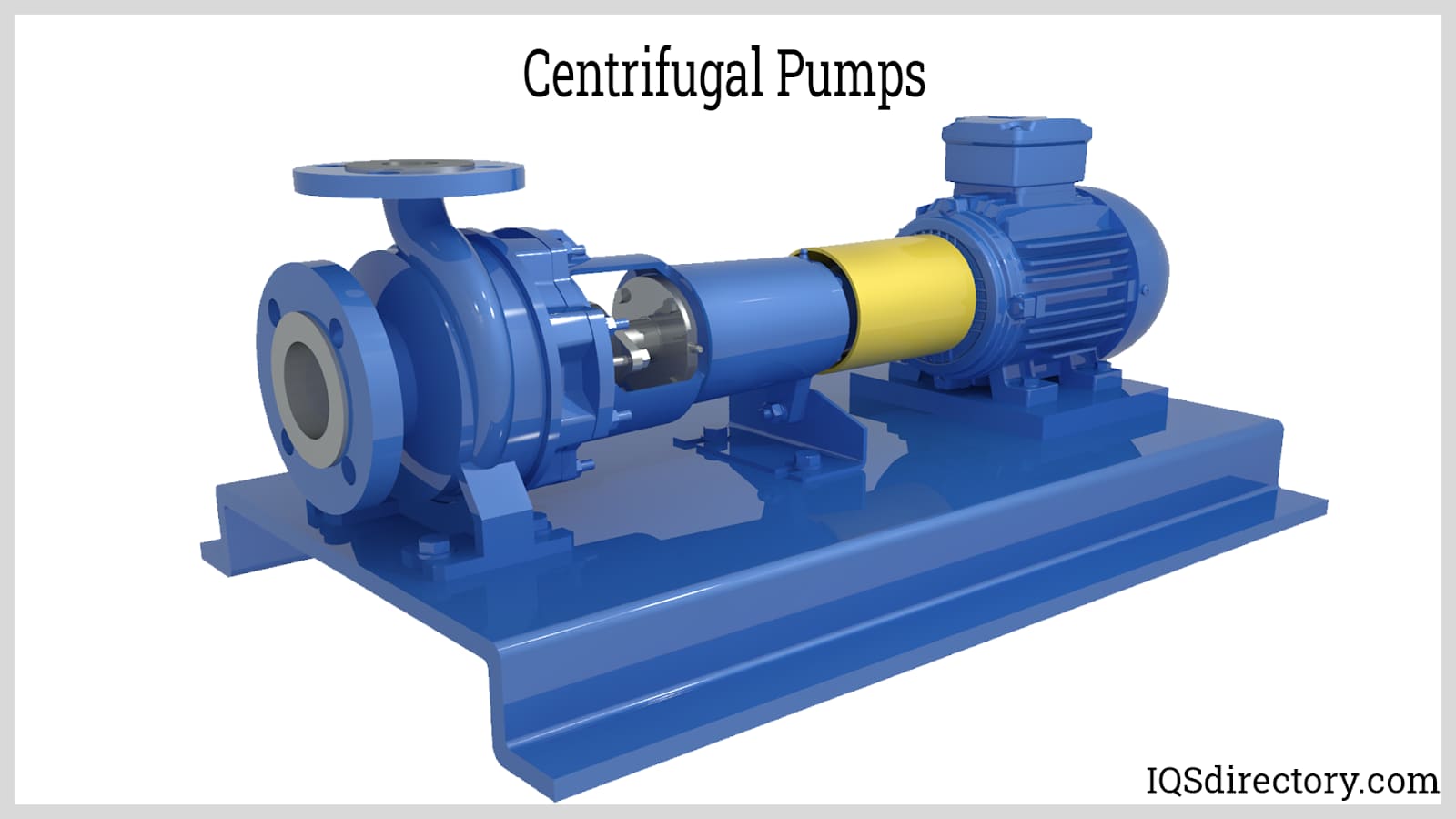
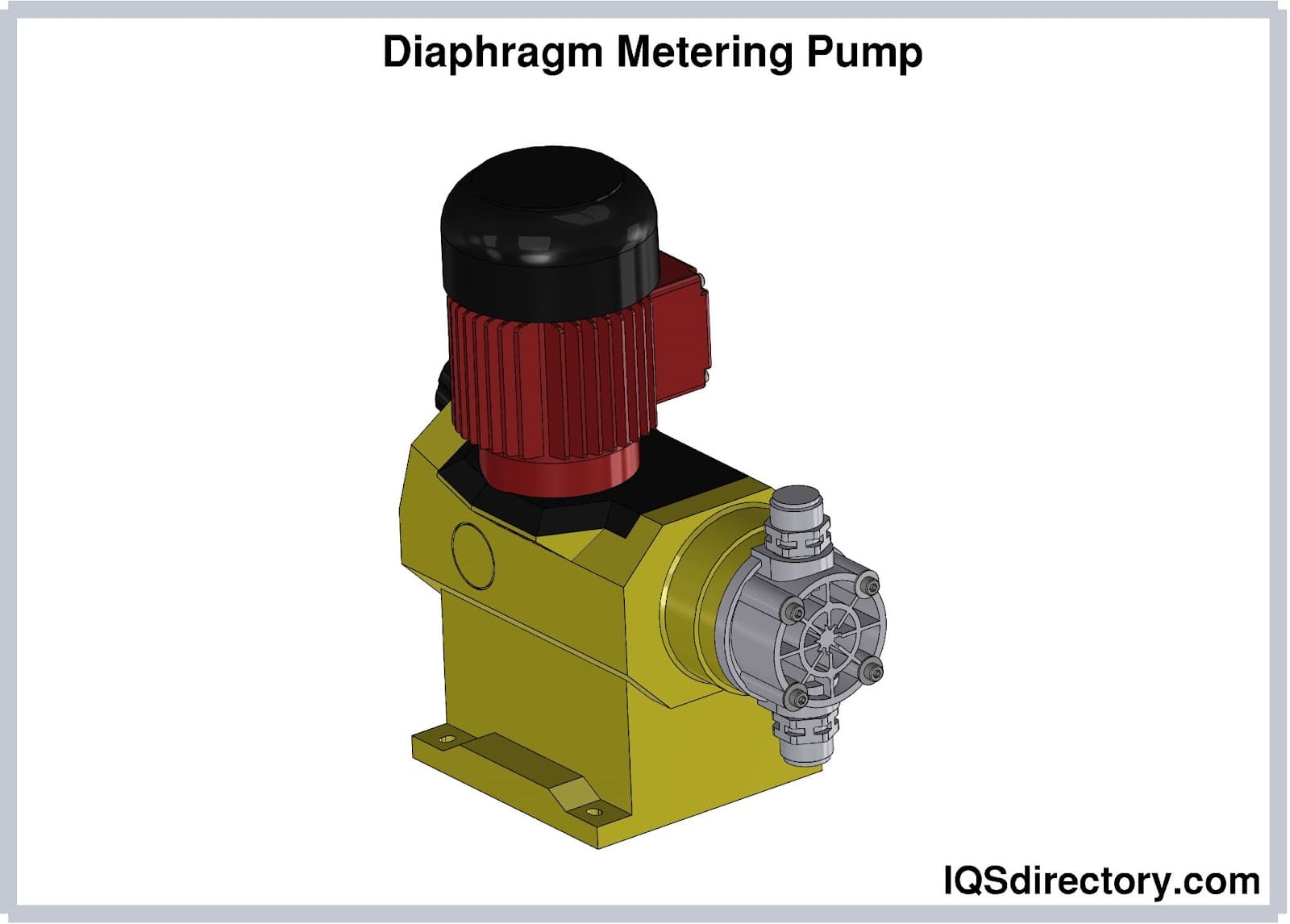
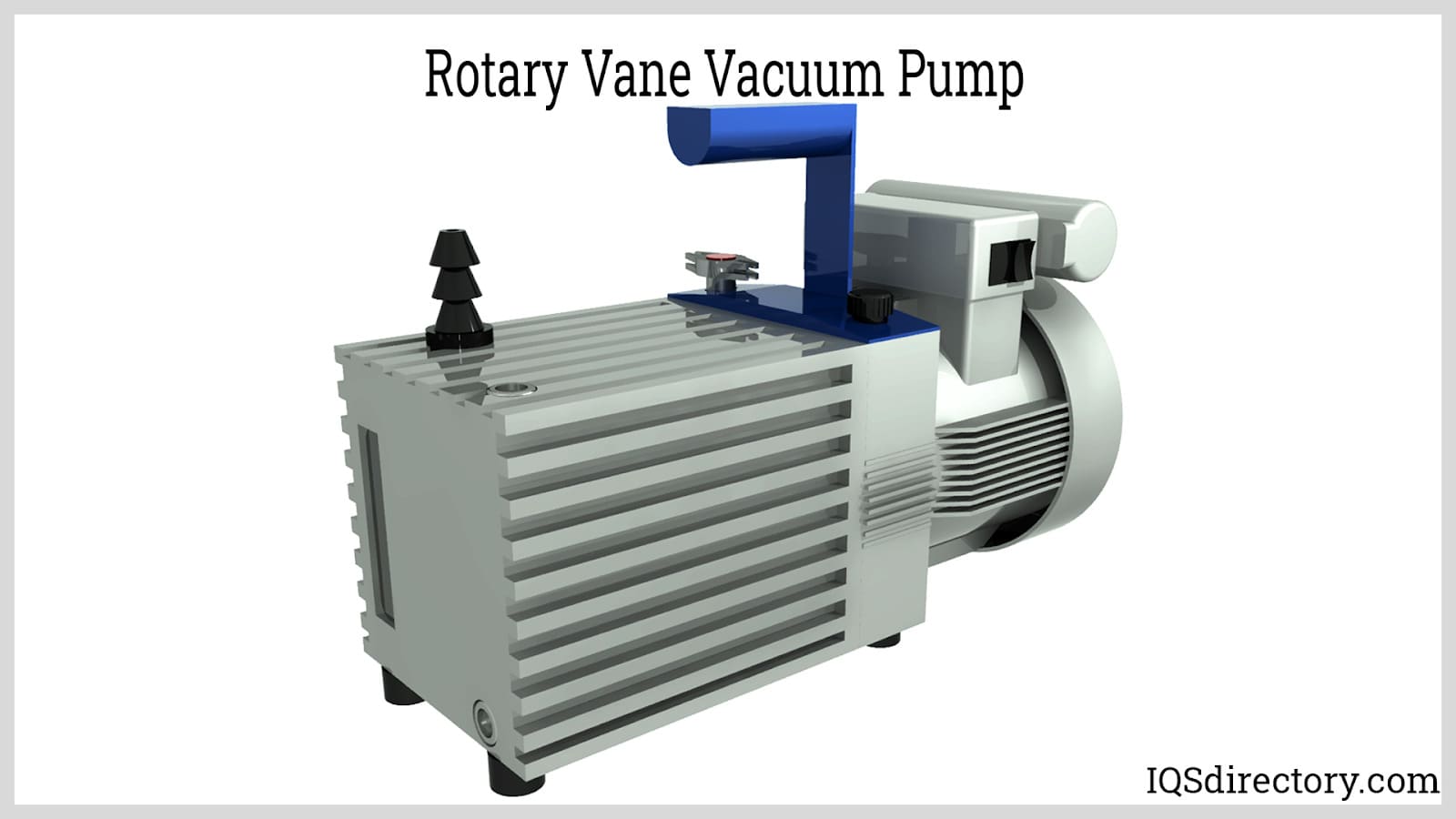
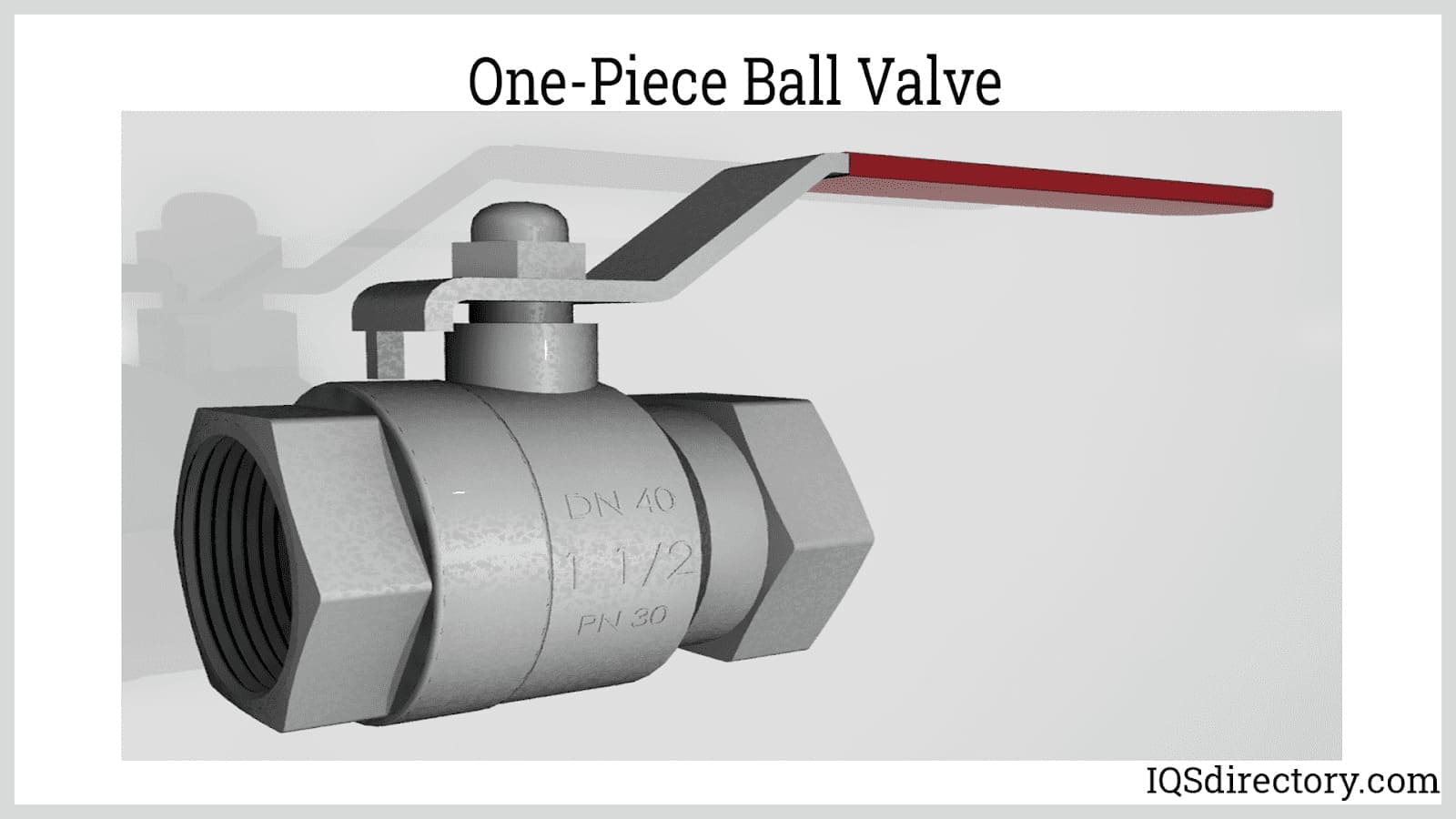
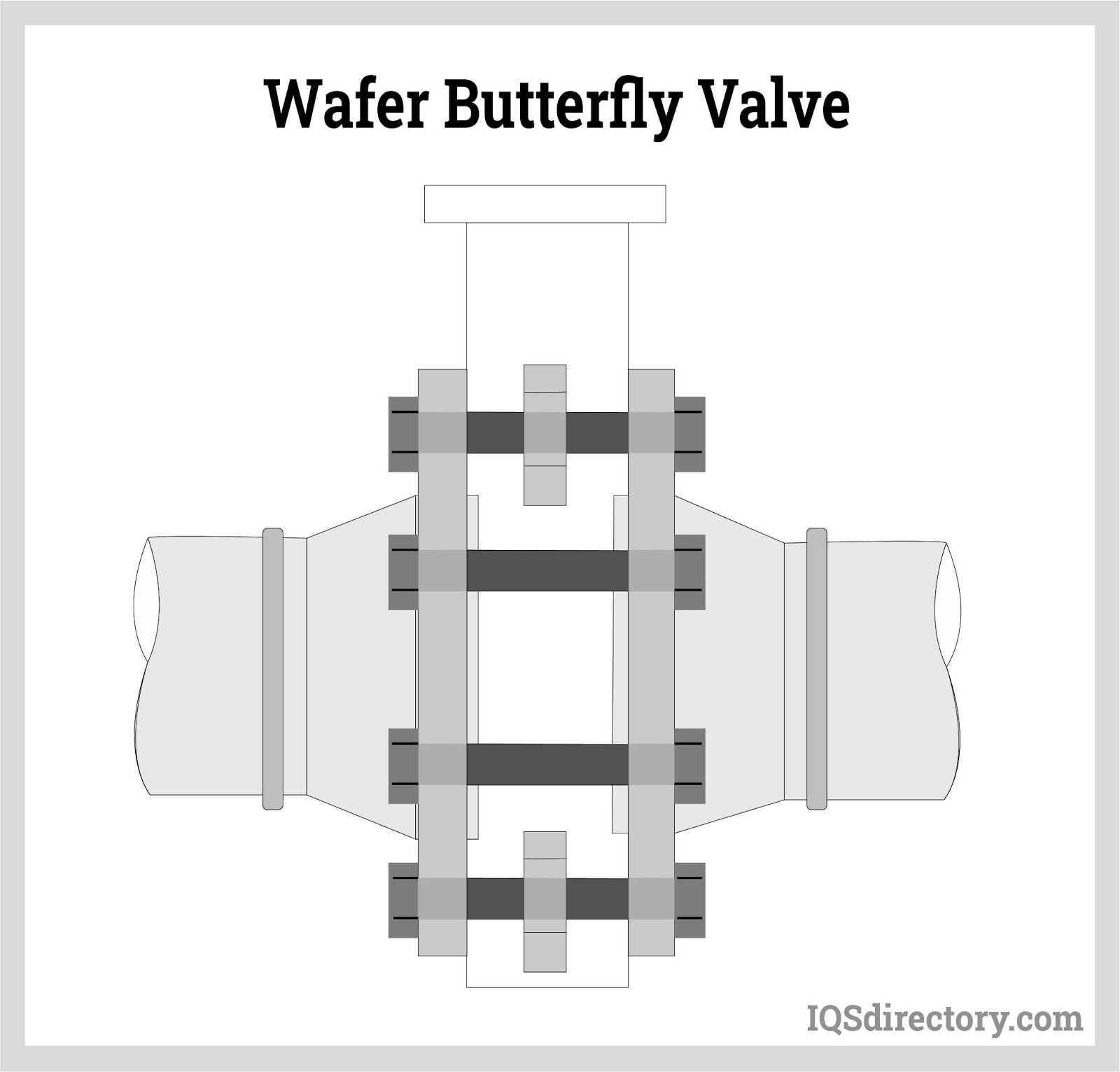

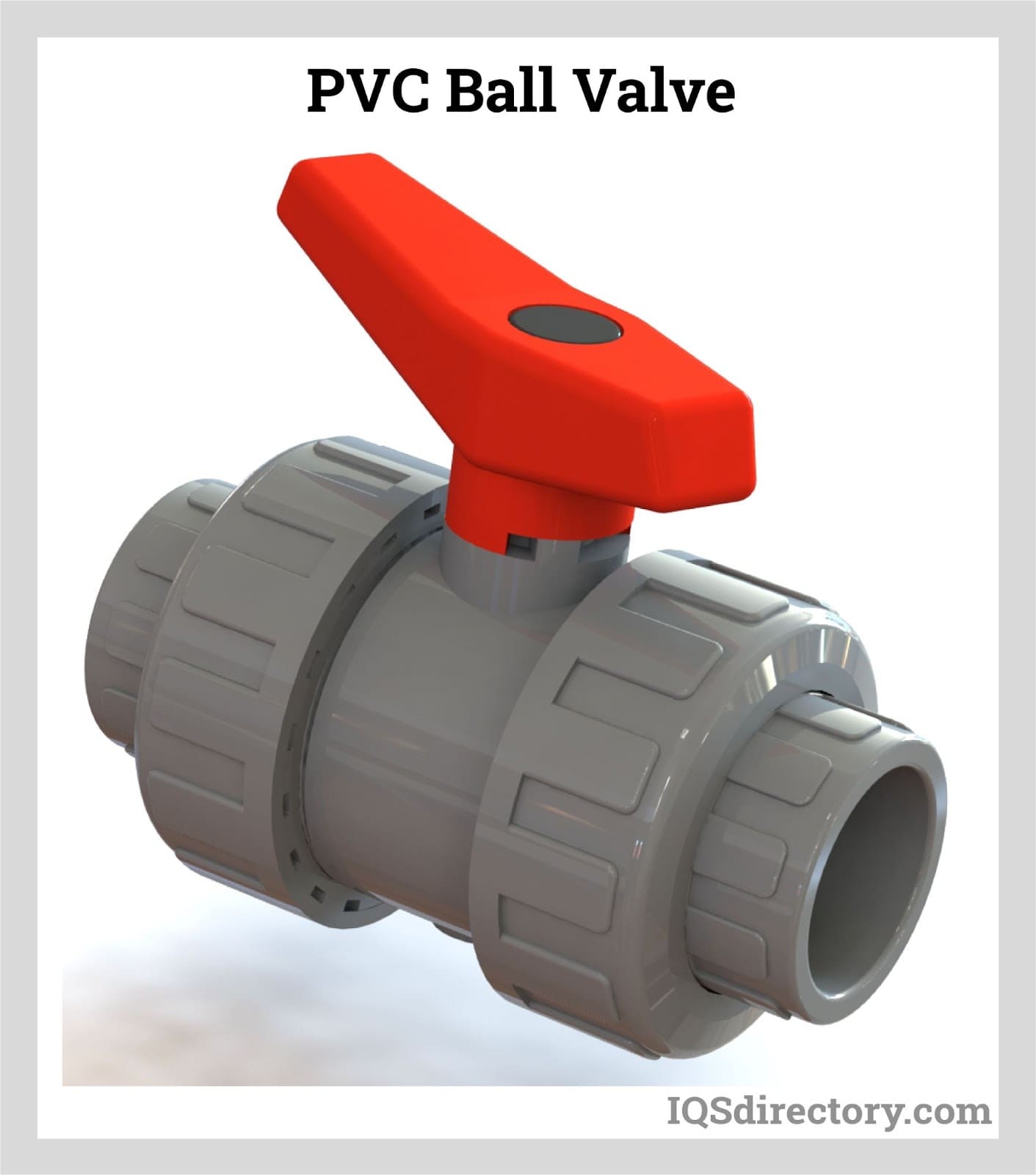
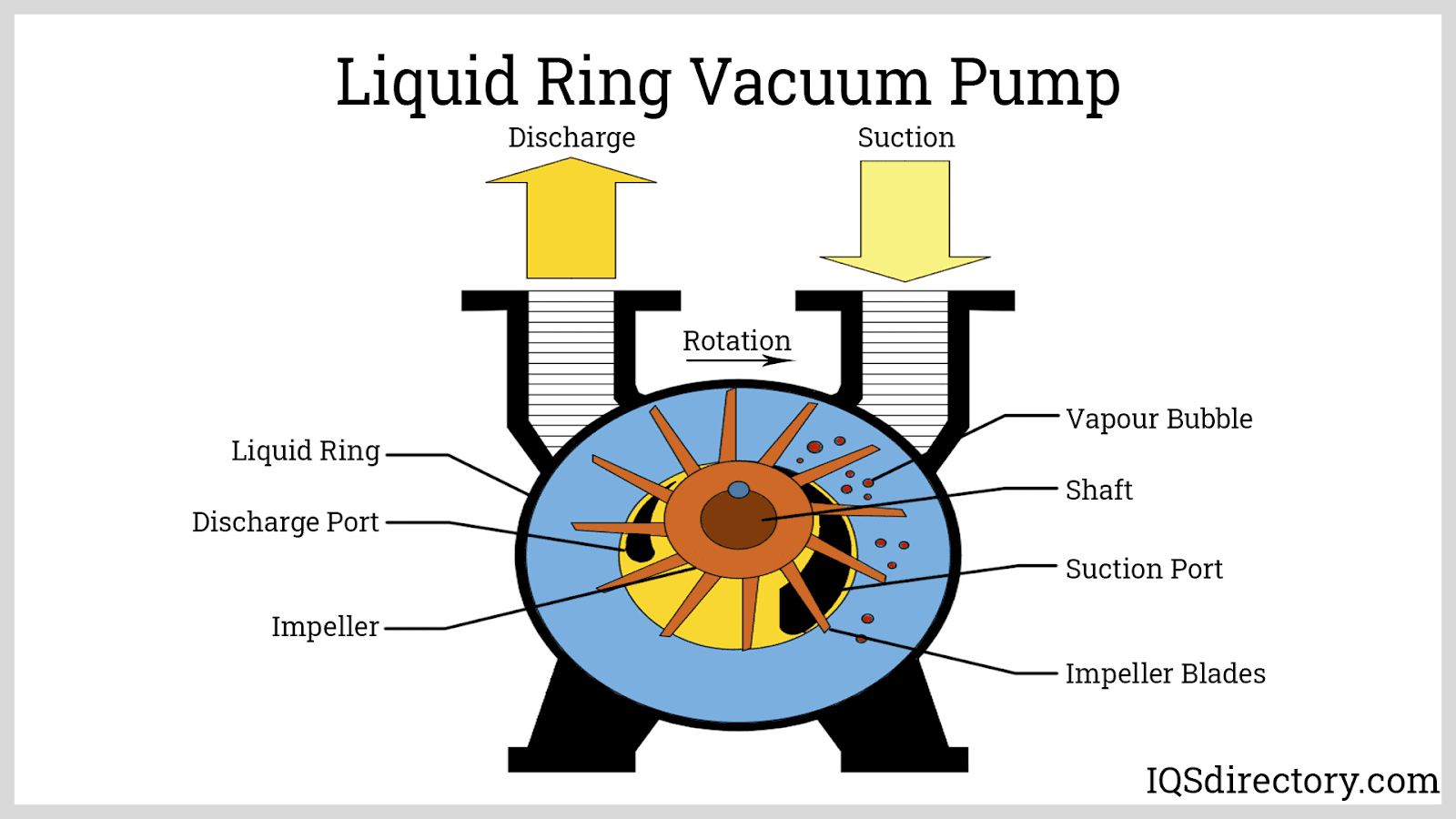
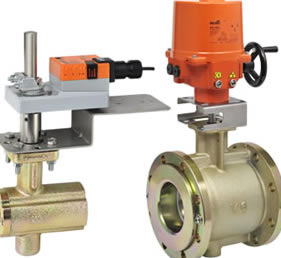 Ball Valves
Ball Valves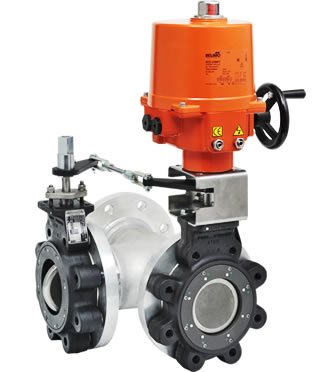 Butterfly Valves
Butterfly Valves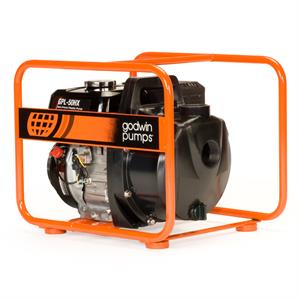 Centrifugal Pumps
Centrifugal Pumps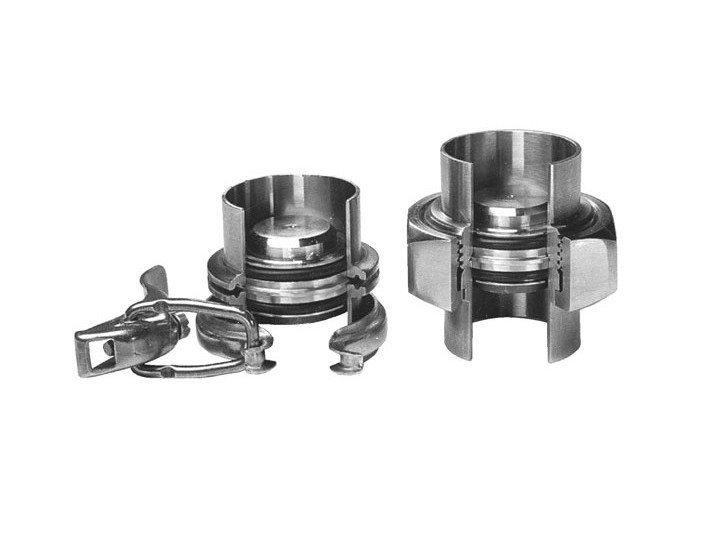 Check Valves
Check Valves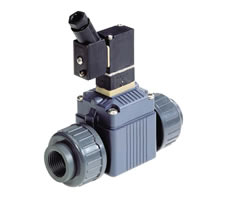 Diaphragm Valves
Diaphragm Valves Flow Meters
Flow Meters Hydraulic Pumps
Hydraulic Pumps Hydraulic Valves
Hydraulic Valves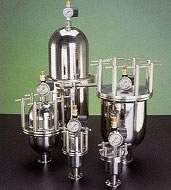 Metering Pumps
Metering Pumps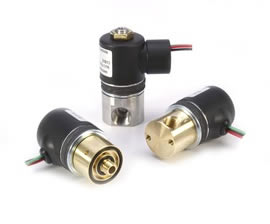 Solenoid Valves
Solenoid Valves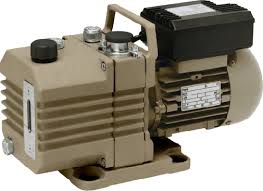 Vacuum Pumps
Vacuum Pumps Castings & Forgings
Castings & Forgings Bulk Material Handling
Bulk Material Handling Electrical & Electronic Components
Electrical & Electronic Components Flow Instrumentation
Flow Instrumentation Hardware
Hardware Material Handling Equipment
Material Handling Equipment Metal Cutting Services
Metal Cutting Services Metal Forming Services
Metal Forming Services Metal Suppliers
Metal Suppliers Motion Control Products
Motion Control Products Plant & Facility Equipment
Plant & Facility Equipment Plant & Facility Supplies
Plant & Facility Supplies Plastic Molding Processes
Plastic Molding Processes Pumps & Valves
Pumps & Valves Recycling Equipment
Recycling Equipment Rubber Products & Services
Rubber Products & Services